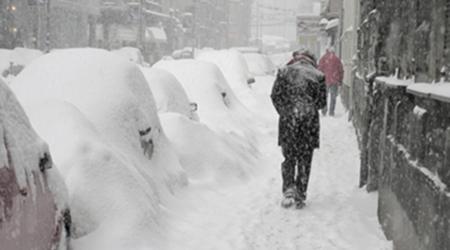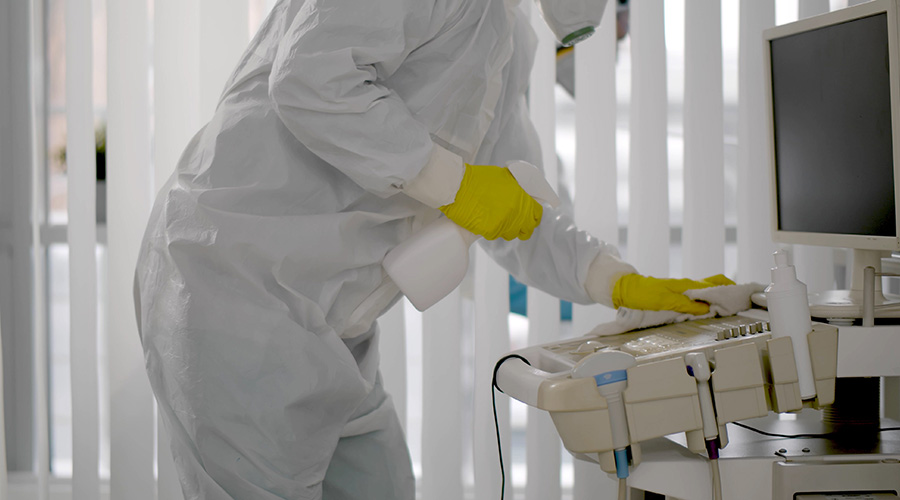Nature always bats last, goes the saying.
Healthcare organizations have elaborate plans in place to respond to and recover from a range of emergencies, including the full range of natural disasters. For healthcare facilities managers with organizations in the South, the cold weather and blizzards of this past February are providing lessons managers are using to improve operations during a crisis.
Consider the experiences of Pouyan Layegh, director of facilities management at the University of Texas MD Anderson Cancer Center in Houston. Layegh says standard procedure at his facility prior to extreme weather includes working with the local power utilities to decrease demand on the electrical grid, according to Health Facilities Management. The facilities team at MD Anderson began warming up generators and ensuring remote monitoring of backup power systems were working properly. The preparation paid off, as none of the backup generators failed during the storm.
As temperatures increased, however, frozen water sitting in sprinklers began to thaw, causing pipe bursts and code reds in several areas, including generator rooms. Alerts were sent to the local fire department, and MD Anderson’s ride-out team worked with first responders to ensure conditions were safe.

 What Every EVS Leader Needs To Know
What Every EVS Leader Needs To Know Blackbird Health Opens New Clinic in New Jersey
Blackbird Health Opens New Clinic in New Jersey St. John's Riverside Hospital Falls Victim to Data Breach
St. John's Riverside Hospital Falls Victim to Data Breach Grounding Healthcare Spaces in Hospitality Principles
Grounding Healthcare Spaces in Hospitality Principles UC Davis Health Selects Rudolph and Sletten for Central Utility Plant Expansion
UC Davis Health Selects Rudolph and Sletten for Central Utility Plant Expansion